Design for Manufacturing: Hole Piercing in Sheet Metal Forming
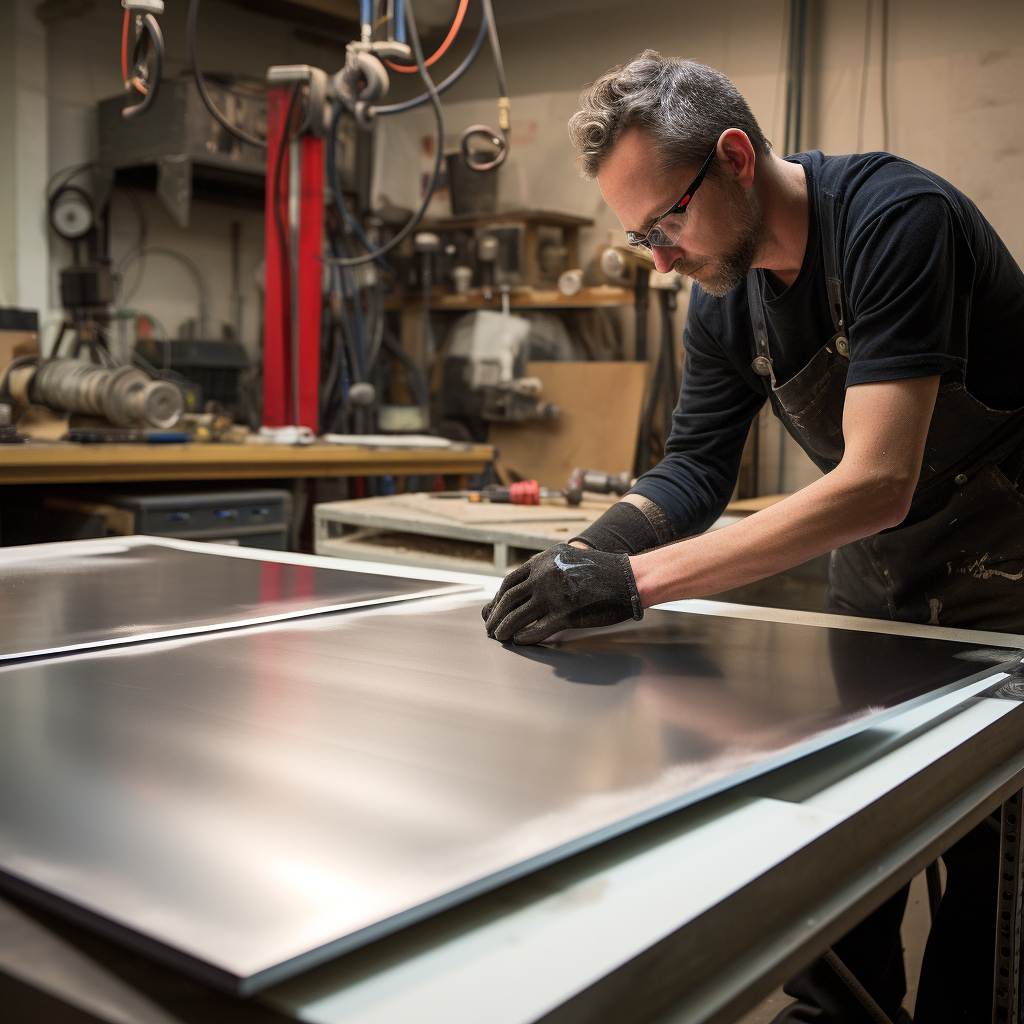
Sheet metal products typically make use of fasteners to bond plates together. These fasteners naturally require holes made to tap in machine screws. Sheet metal typically undergoes hole punching during the die-pressing process. Holes that are created on the part and later used as pilot holes are known as "internal pilots," while holes that are created on the strip that are not part of the part are called "external pilots."
If holes are punched before bending operations, they must be located such that the bending operation will not cause the hole to be deformed. Holes punched after bending operations are conducted will typically be costlier to create.
Holes that are created on the part and later used as pilot holes are known as "internal pilots," while holes that are created on the strip that are not part of the part are called "external pilots." Internal pilots should be used whenever practical as each usage typically eliminates a potential subsequent pilot hole creation. Through the thoughtful use of pilot holes, total tooling costs can be minimized.

If:
(a) While designing a product that will utilize sheet metal
(b) If holes are to be placed in the sheet metal
Then:
(a) Maximize the number of holes placed before bending or forming the metal so long as those holes will not be at risk of deformation due to subsequent bending operations.
(b) Maximize using existing holes as pilot holes for locating part features in subsequent punching operations.
(c) If no existing holes are available for use as internal pilot holes, utilize external pilot holes by piercing the carrier strip.
By following this rule, product designers will produce fewer hole-related defects in stamped sheet metal parts.
Further reading:
Poli, Corrado. (2001). Design for Manufacturing - A Structured Approach. Elsevier. Online version available at: http://app.knovel.com/hotlink/toc/id:kpDMASA001/design-manufacturing/design-manufacturing
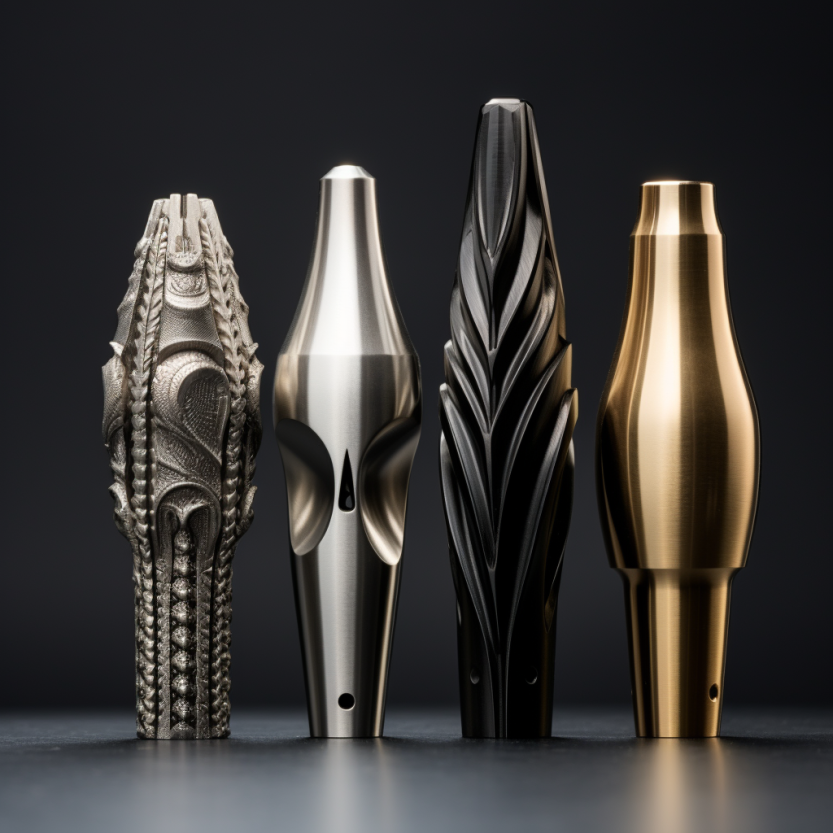

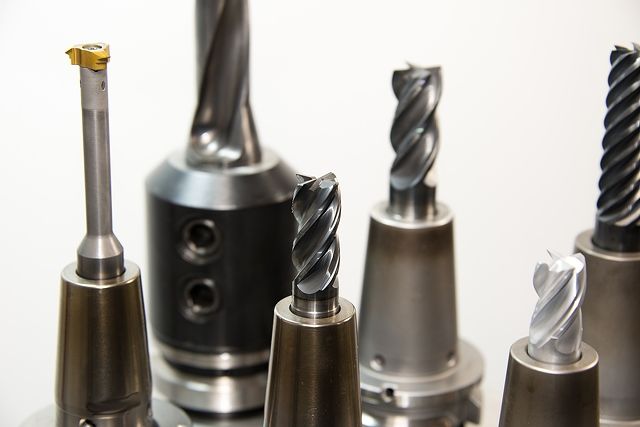
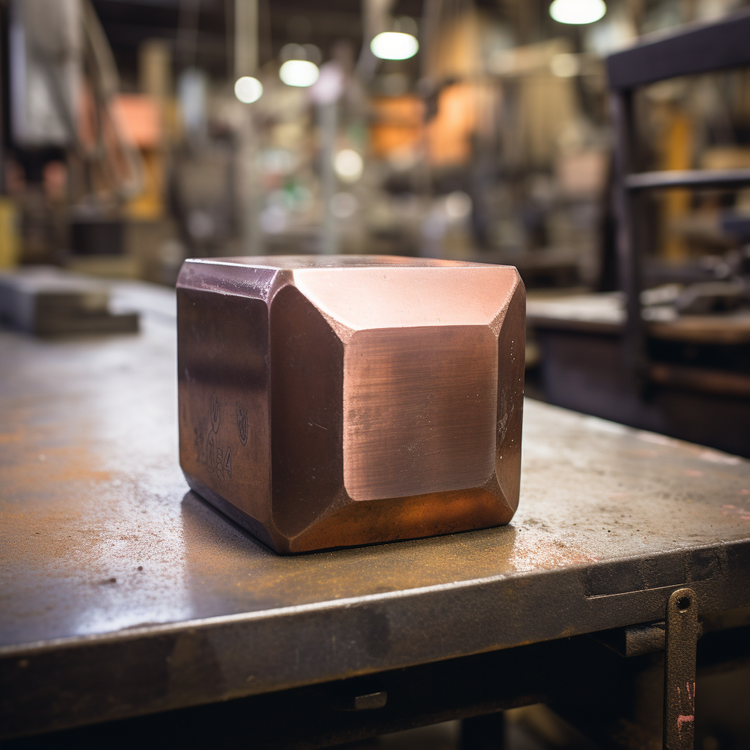
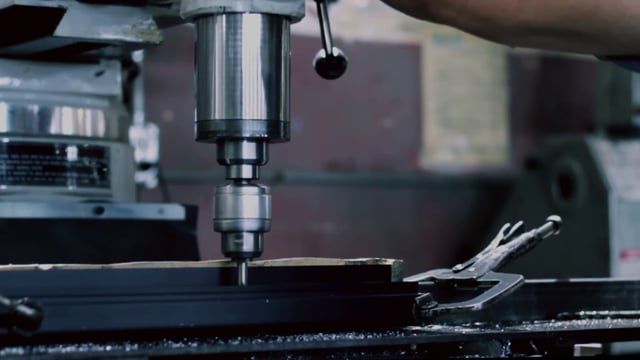
Member discussion